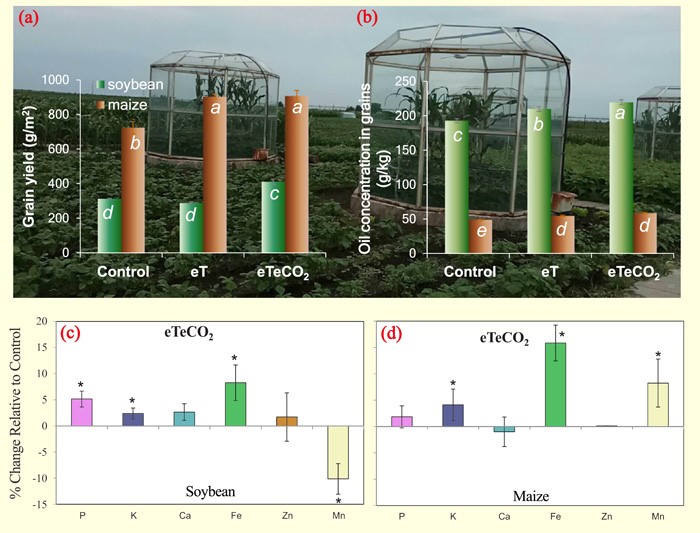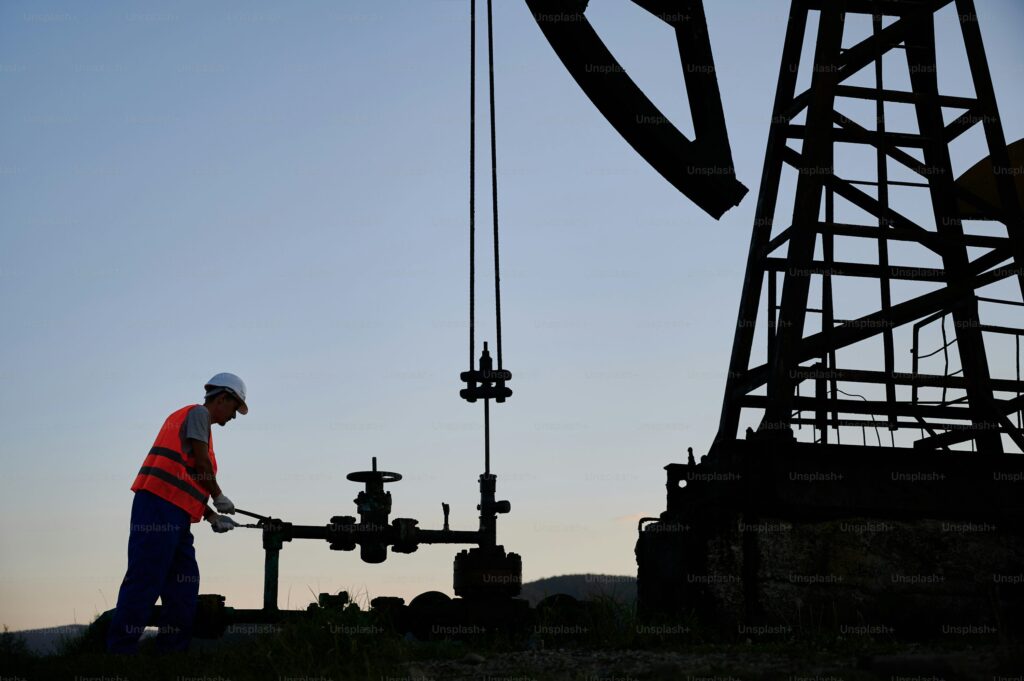From CO2Science: Qiao et al. (2019) recently investigated the impact of elevated temperature, both with and without elevated CO2, on soybean (Glycine max, cv. Dongsheng 2) and maize (Zea mays, cv. Demeiya 1) yield and grain quality. To accomplish this objective the six scientists grew the two crop species in three environmental treatments in open-top chambers located in Hailun County, Heilongjiang, China, across five growing seasons. The three treatments included (1) ambient temperature and ambient CO2, (2) ambient CO2 and elevated temperature (2.1 °C above ambient), and (3) elevated temperature (+1.5 °C above ambient) and elevated CO2 (700 ppm). Elevated CO2 concentrations were maintained during daylight hours only (0600-1800 hours).
Paper reviewed: Qiao, Y., Miao, S., Li, Q., Jin, J., Luo, X. and Tang, C. 2019. Elevated CO2 and temperature increase grain oil concentration but their impacts on grain yield differ between soybean and maize grown in a temperate region. Science of the Total Environment 666: 405-413.
The results of the experiment are summarized in the figure below. As noted there (see Panel a), the average grain yield of soybean increased by 31% in the elevated temperature and elevated CO2 (eTeCO2) treatment compared to the control, whereas there was no significant difference between the control and elevated temperature (eT) treatment. For maize, average grain yields rose by 25% in both the eT and eTeCO2 treatments compared to control.
With respect to grain oil concentration, of which Qiao et al. say it is “an important quality indicator” of the two crop species, it was 9% and 14% higher in soybean and 12% and 20% higher in maize in the eT and eTeCO2 treatments, respectively (see Panel b).
Grain protein concentration in both crops was not statistically different among the three treatments for either soybean or maize. However, this quality-related parameter still increased (relative to control) by 3.3% in both eT and eTeCO2 treatments for soybean, by 3.5% in the eT treatment for maize and by 4.6% in the eTeCO2 treatment for maize.
Qiao et al. also measured the concentration of several nutrients in the grains. As shown in Figure 1c and 1d, the proportions of phosphorus (P), potassium (K), calcium (Ca), iron (Fe), zinc (Zn) and manganese (Mn) tended to be enhanced in the eTeCO2 treatment. Relative to the ambient control, the percent change in P, K, Ca, Fe, Zn and Mn in the eTeCO2 treatment was +5%, +2.5%, +2.6%, +8%, +2% and -10% for soybean, whereas it was +2%, +4%, -1%, +16%, 0%, and +8% for maize.
The combined results of Qiao et al.'s experiment reveal that elevated temperature and elevated CO2 together enhanced both the quantity and quality of soybean and maize grain yields. Such findings, obviously, have significant implications for the future food security of the planet, which will benefit from increases in temperature and atmospheric CO2.

Figure 1. Upper panel: Five-year means of grain yield (Panel a) and grain oil concentration (Panel b) of soybean and maize plants grown under ambient (control), elevated temperature (eT) or elevated temperature and elevated CO2 concentrations (eTeCO2). Different letters indicate statistically significant differences in treatment means. Lower panel: The proportions of phosphorus (P), potassium (K), calcium (Ca), iron (Fe), zinc (Zn) and manganese (Mn) in grains of soybean (Panel c) and maize (Panel d) grown under elevated temperature and elevated CO2 concentration (eTeCO2) relative to the ambient control. The bars represent standard error (n=3). An asterisk (*) indicated that the mineral nutrient was a significant difference between eTeCO2 and control with two-way ANOVA analysis (P < 0.05). Source: Qiao et al. (2019).



Holy cow batman! This is an excellent study! I wish the main stream media would report this!